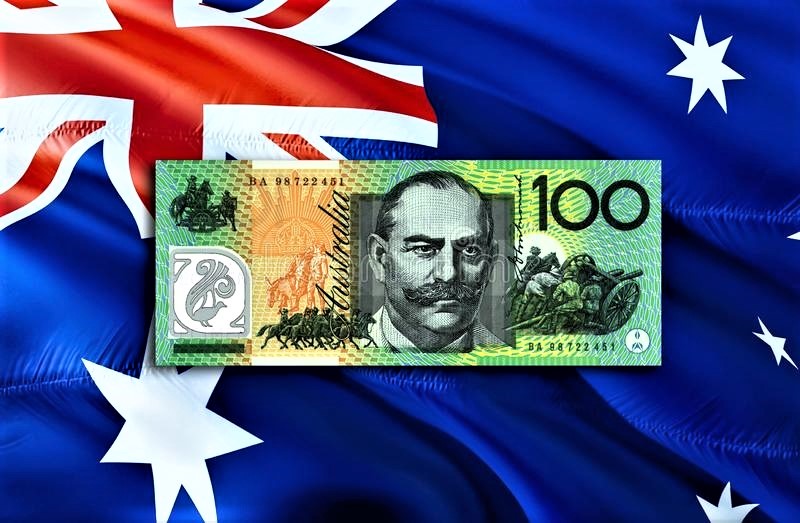Australian dollar dropped following the release of lower Retail Sales data on Tuesday.
The Australian Dollar (AUD) continued to fall after Tuesday’s release of lower-than-expected domestic retail sales data. Retail sales are a critical leading indicator. That is closely connected with inflation and economic forecasts. Which could influence the Reserve Bank of Australia’s (RBA) hawkish stance on interest rate policy.
The AUD may regain strength as the RBA’s interest rate decreases are expected to be delayed.
The Australian Dollar may regain its footing, boosted by higher-than-expected domestic inflation statistics reported last week. Which has fueled speculation that the RBA may postpone interest rate reduction. Furthermore, Commonwealth Bank, Australia’s largest mortgage lender, has altered its projection for the timing of the RBA’s first interest rate decrease, anticipating only one in November, according to the Financial Review.
The US dollar has rallied, presumably as a result of Fed officials’ hawkish views, which indicate that rate cuts are not required immediately.
The US Dollar Index (DXY), which measures the performance of the US Dollar (USD) versus six major currencies, has rallied following hawkish remarks from US Federal Reserve (Fed) members, who indicated that there is no immediate need for rate reduction.
Traders are expected to await Wednesday’s release of the ADP Employment Change and ISM Manufacturing PMI from the United States (US), as well as the Fed Interest Rate Decision. These events are likely to affect market sentiment and USD movement.
Daily Market Movers: Australian Dollar depreciates with fewer retail sales
Seasonally adjusted.
Seasonally adjusted.
Australian retail sales fell 0.4% month on month in March, falling short of expectations of a 0.2% increase. This fall contrasts with the prior month’s 0.3% increase.
In April, China’s NBS Manufacturing Purchasing Managers Index (PMI) fell to 50.4, from 50.8 the previous month. However, it exceeded the projected reading of 50.3. Additionally, the Non-manufacturing PMI fell to 51.2, as expected, from 53.0 in March.
The International Monetary Fund (IMF) warned in its most recent report, published on Tuesday. That China’s economic development is expected to slow in the next years. The expected growth rates are 5.2% in 2023, and 4.6% in 2024; and 4.1% in 2025. This prognosis has ramifications for the Australian market. Which is the top supplier of commodities and raw materials to China.
Australian markets opened flat on Tuesday as investors waited for the US Federal Reserve’s rate announcement on Wednesday. Only materials showed growth among the 11 sectors, with the rest remaining basically stable.
Federal Reserve’s probability of leaving interest rates steady at its June meeting has risen to 88.4%.
According to the CME FedWatch Tool, the Federal Reserve’s probability of leaving interest rates steady at its June meeting has risen to 88.4%, up from 83.5% the previous week. The Fed’s narrative of increased interest rates for an extended period supports the US dollar and poses a risk to the AUDUSD pair.
The Economic Times reported on Monday that Fed Chairman Jerome
Powell stated that it would likely take “longer than expected” to acquire confidence that inflation is approaching the central bank’s 2% target. Powell also stated that the central bank may keep interest rates high for “as long as needed.” Fed Governor Michelle Bowman voiced her concern about “upside risks” to inflation. Meanwhile, Minneapolis Fed President Neel Kashkari highlighted the likelihood of no rate decreases this year.









